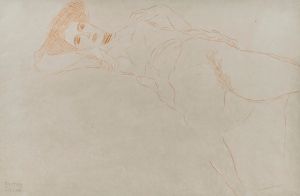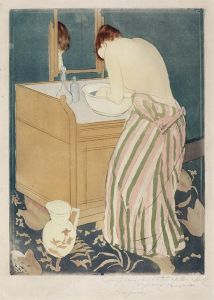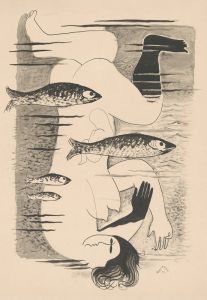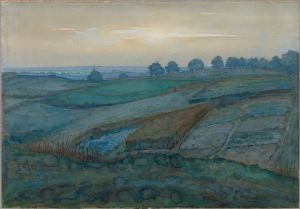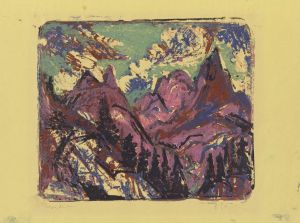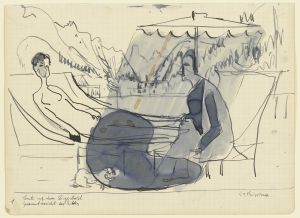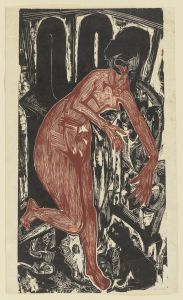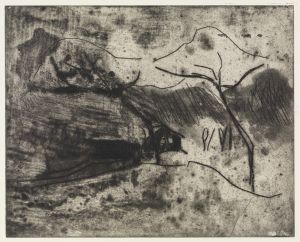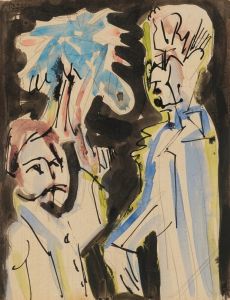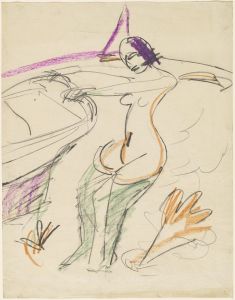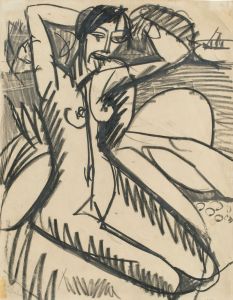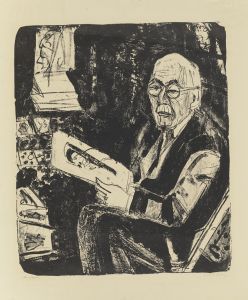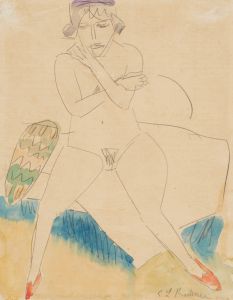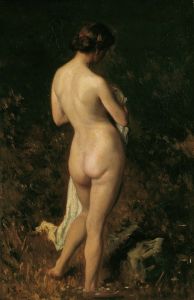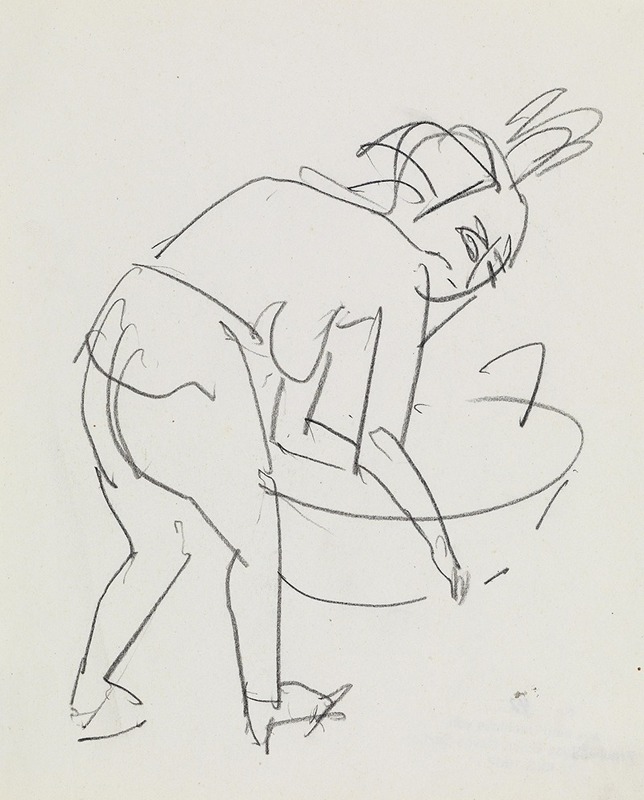
Sich waschende Frau
A hand-painted replica of Ernst Ludwig Kirchner’s masterpiece Sich waschende Frau, meticulously crafted by professional artists to capture the true essence of the original. Each piece is created with museum-quality canvas and rare mineral pigments, carefully painted by experienced artists with delicate brushstrokes and rich, layered colors to perfectly recreate the texture of the original artwork. Unlike machine-printed reproductions, this hand-painted version brings the painting to life, infused with the artist’s emotions and skill in every stroke. Whether for personal collection or home decoration, it instantly elevates the artistic atmosphere of any space.
Ernst Ludwig Kirchner was a prominent German expressionist painter and one of the founding members of the artist group Die Brücke (The Bridge), which played a pivotal role in the development of modern art in the early 20th century. One of his notable works is "Sich waschende Frau" (translated as "Woman Washing Herself"), which exemplifies his distinctive style and thematic focus.
"Sich waschende Frau" is a painting that captures a moment of intimate, everyday activity, a subject that Kirchner often explored in his work. The painting reflects Kirchner's interest in the human form and his ability to convey emotion and movement through bold colors and dynamic compositions. His approach was heavily influenced by the desire to break away from traditional artistic conventions and to express raw emotion and psychological depth.
Kirchner's style is characterized by its vibrant use of color, expressive brushwork, and a tendency to distort forms for emotional effect. In "Sich waschende Frau," these elements come together to create a sense of immediacy and presence. The painting does not merely depict a woman washing herself; it invites the viewer into a private moment, capturing the fluidity and grace of the human body in motion. The use of color in the painting is particularly striking, with contrasting hues that enhance the emotional impact and draw attention to the central figure.
The context of Kirchner's work is essential to understanding its significance. Die Brücke, the group he co-founded in 1905, was instrumental in the expressionist movement, which sought to convey subjective emotions and experiences rather than objective reality. This movement was a reaction against the academic standards of the time, and Kirchner, along with his contemporaries, sought to explore themes of modernity, urban life, and the human condition through their art.
Kirchner's work, including "Sich waschende Frau," often reflects his fascination with the tension between civilization and nature, a theme that recurs throughout his oeuvre. The painting can be seen as a representation of the natural, unguarded state of humanity, contrasting with the often chaotic and industrialized world outside.
Throughout his career, Kirchner faced numerous challenges, including the impact of World War I and the subsequent political and social upheavals in Germany. These experiences influenced his work, leading to a darker and more introspective phase in his later years. Despite these challenges, Kirchner's contribution to the expressionist movement and modern art remains significant.
"Sich waschende Frau" is a testament to Kirchner's skill in capturing the essence of human experience through art. It remains an important work within his body of work and continues to be studied and appreciated for its artistic and historical value. Kirchner's legacy is preserved in numerous collections worldwide, and his influence can be seen in the continued appreciation and study of expressionist art.





